Optimal Timing for Waterproofing Projects
Proper timing for waterproofing projects is essential to ensure optimal effectiveness and durability. The best time to undertake waterproofing depends on climate conditions, temperature ranges, and moisture levels. Typically, dry, mild weather with temperatures above freezing allows for better application and curing of waterproofing materials.
Spring offers moderate temperatures and less humidity, making it ideal for waterproofing projects before heavy rain seasons.
Summer provides warm conditions, but high humidity and rain can interfere with application and curing processes.
Fall's cooler, dry days are suitable for waterproofing, especially before winter sets in.
Winter is generally unsuitable due to freezing temperatures and snow, which hinder proper application and curing.
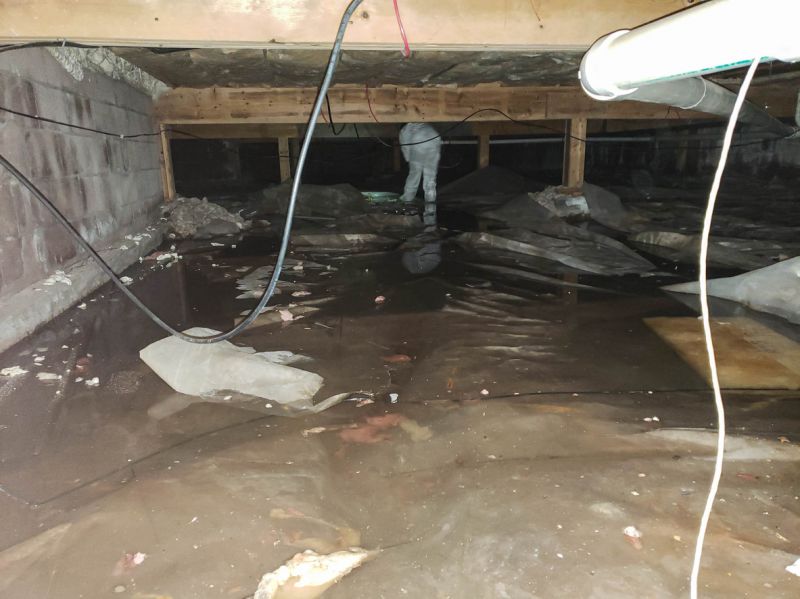
Ways to make Waterproofings work in tight or awkward layouts.
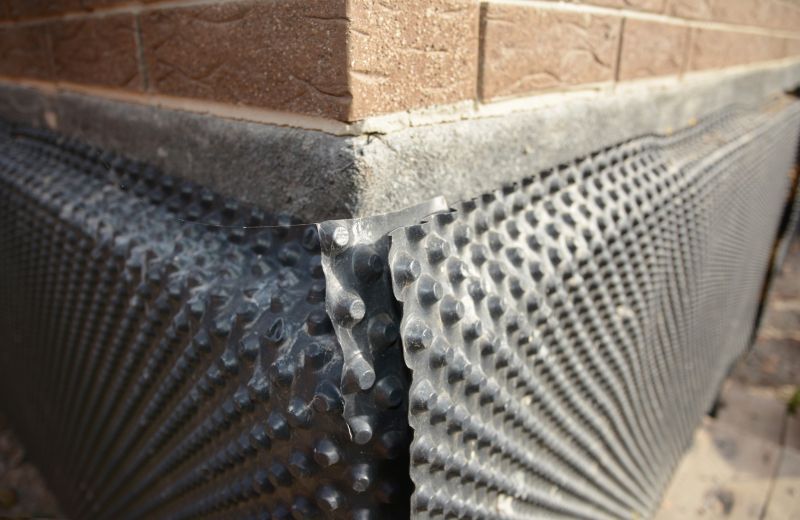
Popular materials for Waterproofings and why they hold up over time.
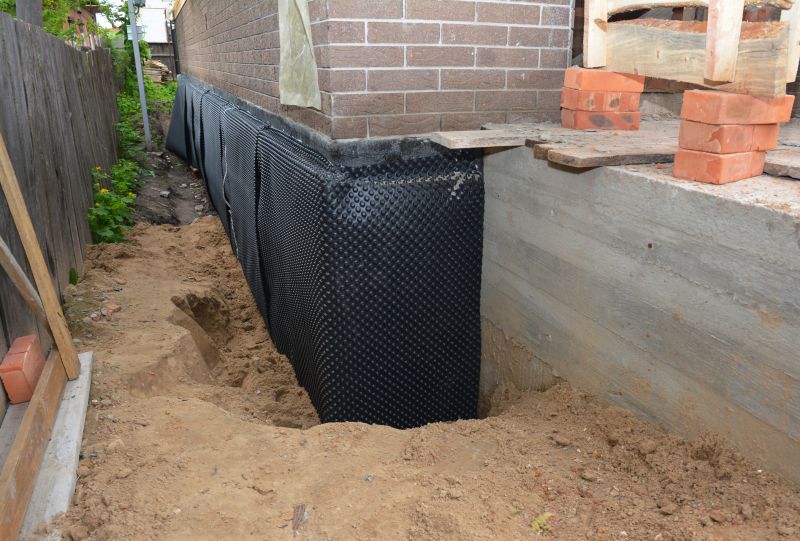
Simple add-ons that improve Waterproofings without blowing the budget.

High-end options that actually feel worth it for Waterproofings.
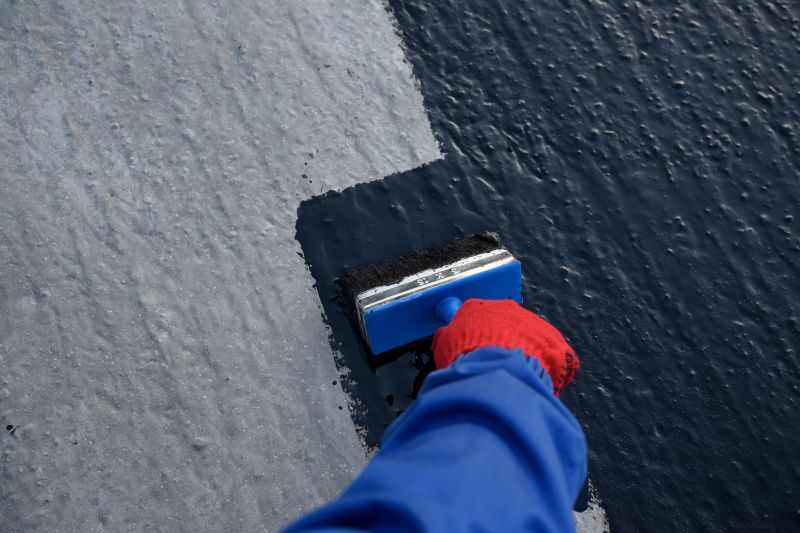
Finishes and colors that play nicely with Waterproofings.
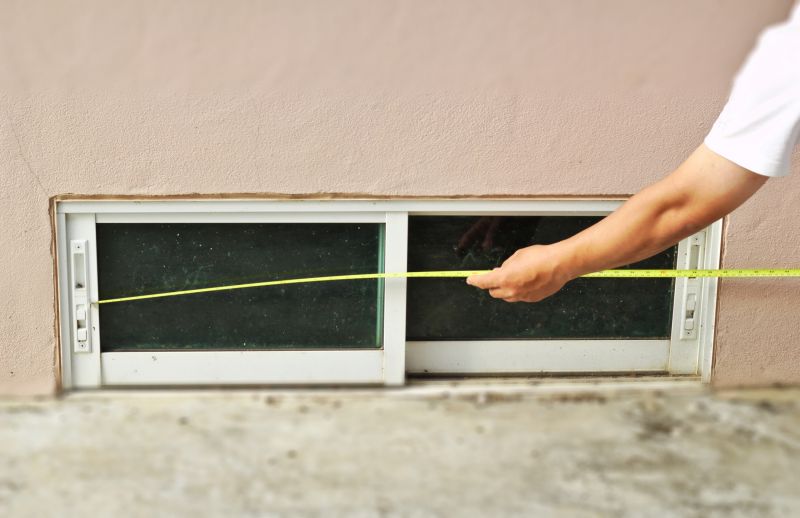
Little measurements that prevent headaches on Waterproofings day.
Waterproofing is a critical component in protecting structures from water intrusion, which can cause significant damage over time. Proper waterproofing techniques involve applying specialized membranes, coatings, or sealants designed to prevent water penetration. Statistics indicate that buildings with effective waterproofing experience fewer issues related to moisture, mold, and structural deterioration.
The effectiveness of waterproofing depends on correct timing, material selection, and application methods. Inspections and maintenance should be scheduled during favorable weather conditions to ensure longevity. Properly timed waterproofing can extend the lifespan of a structure and reduce long-term repair costs.

A 60-second routine that keeps Waterproofings looking new.
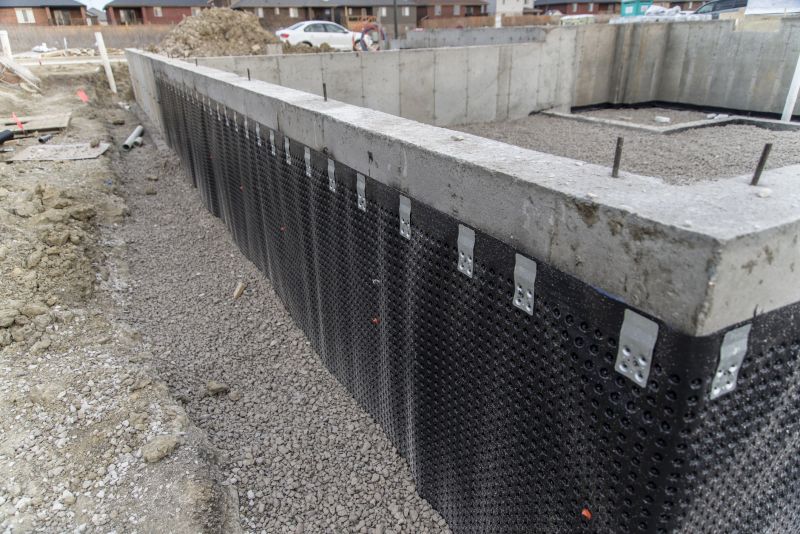
A frequent mistake in Waterproofings and how to dodge it.
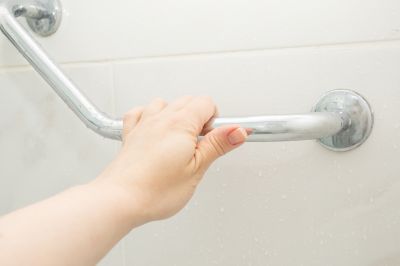
Small tweaks to make Waterproofings safer and easier to use.

Lower-waste or water-saving choices for Waterproofings.
| Season | Optimal Conditions |
|---|---|
| Spring | Dry, mild temperatures, moderate humidity |
| Summer | Warm temperatures, low humidity, dry days |
| Fall | Cool, dry weather, before winter |
| Winter | Freezing temperatures and snow, unsuitable |
Choosing the appropriate time for waterproofing is essential for ensuring the longevity and effectiveness of waterproofing systems. Proper application during suitable weather conditions minimizes risks of defects and enhances adhesion. Consulting with waterproofing professionals can help determine the best timing based on local climate patterns.
Interested in waterproofing services? Fill out the contact form to receive more information and schedule an assessment tailored to Greenwood, IN, climate conditions.

